
The Champa flower, also known as Plumeria or Frangipani, is a botanical marvel that captivates the senses and inspires cultural symbolism across various traditions. Delicate yet resilient, this enchanting bloom boasts a rich history, diverse symbolism, and a profound impact on art, literature, and spirituality.
Originating in tropical regions such as Central America, the Caribbean, and Southeast Asia, the Champa flower belongs to the Apocynaceae family, characterized by its waxy, fragrant blossoms. Its scientific name, Plumeria, pays homage to the 17th-century French botanist Charles Plumier, who documented numerous plant species during his explorations.
Champa flowers typically adorn small to medium-sized trees, characterized by thick, succulent branches and glossy, lance-shaped leaves. The flowers themselves emerge in clusters at the tips of branches, each bloom boasting five velvety petals arranged in a star-like formation. While white is the most common color, Champa flowers can also be found in shades of yellow, pink, red, and even multicolored varieties, adding to their allure.
One of the most remarkable features of the Champa flower is its intoxicating fragrance. The scent, often described as sweet, fruity, or tropical, permeates the air, creating a sensory experience that lingers in memory long after the bloom has faded. This aromatic allure has inspired poets, artists, and perfumers throughout history, who have sought to capture its essence in verse, paintings, and fragrances.
Beyond its aesthetic appeal, the Champa flower holds deep cultural significance in various traditions around the world. In Hindu mythology, it is associated with the goddess Saraswati, the embodiment of knowledge, arts, and wisdom. According to legend, Saraswati adorned herself with Champa flowers, symbolizing purity, creativity, and the pursuit of enlightenment. As such, Champa flowers are often offered in worship to Saraswati during festivals and rituals, signifying devotion and seeking blessings for education and artistic endeavors.
In Buddhist traditions, the Champa flower holds a different yet equally profound symbolism. Revered for its beauty and fragrance, it is often used to adorn temples and altars, symbolizing purity, enlightenment, and the transient nature of existence. The flower's fleeting beauty serves as a reminder of the impermanence of life, encouraging practitioners to cultivate mindfulness and appreciation for the present moment.
In addition to its spiritual symbolism, the Champa flower has practical uses in traditional medicine and perfumery. In various cultures, different parts of the plant, including the flowers, leaves, and sap, are believed to possess medicinal properties, used to treat ailments ranging from skin conditions to respiratory disorders. Furthermore, the fragrant essence of Champa flowers is extracted to create perfumes, oils, and incense, adding a touch of exotic allure to personal care products and sacred rituals alike.
The cultural significance of the Champa flower extends beyond religious contexts, influencing art, literature, and folklore across different cultures. In poetry and literature, the flower is often celebrated for its beauty and fragrance, serving as a metaphor for love, passion, and the transient nature of life. Artists, too, have been inspired by the Champa flower's delicate form and vibrant colors, depicting it in paintings, sculptures, and decorative motifs that adorn temples, palaces, and gardens.
One of the most iconic representations of the Champa flower in art and architecture is found in the temples of Southeast Asia, particularly in Cambodia, Thailand, and Indonesia. In these sacred spaces, intricately carved stone reliefs and sculptures depict the Champa flower as a symbol of divine beauty and spiritual enlightenment. These ornate embellishments not only showcase the craftsmanship of the artisans but also embody the reverence for nature and the divine that permeates these cultures.
In addition to its cultural and aesthetic significance, the Champa flower plays a practical role in agriculture and horticulture, where it is cultivated for its ornamental value and commercial potential. With its ability to thrive in tropical climates and adapt to various soil types, the Champa tree is prized for its resilience and low maintenance requirements. Moreover, the flowers' long vase life and fragrant scent make them popular choices for floral arrangements and lei making in regions where they are abundant.
Despite its widespread popularity, the Champa flower faces threats from habitat loss, deforestation, and climate change, which endanger its natural habitats and diminish its populations. Conservation efforts are underway to protect this beloved species and ensure its survival for future generations to appreciate and enjoy. Through education, awareness, and sustainable practices, stakeholders seek to preserve the cultural heritage and ecological value of the Champa flower for years to come.
In conclusion, the Champa flower is a botanical treasure that transcends geographical boundaries and cultural divides, uniting people around the world in appreciation of its beauty, fragrance, and symbolism. From ancient mythology to modern-day rituals, this enchanting bloom continues to inspire awe and reverence, reminding us of the profound connections between nature, spirituality, and human experience. As we strive to preserve and protect the Champa flower and its natural habitats, we honor not only its intrinsic value but also the enduring legacy of cultural heritage and ecological stewardship that it represents.
| A |
Champa Flower |
|---|---|
| B |
Flower |
| 1 |
10 Feed |
Noodles Co.
Address: 5171 W Campbell Ave undefined Kent, Utah 53127 United States
Contact Seller:(+91) - 540-025-553
Rating
92%
Ship on time
100%
Chat response
89%
Noodles & Company is an American fast-casual restaurant that offers international and American noodle dishes and pasta in addition to soups and salads. Noodles & Company was founded in 1995 by Aaron Kennedy and is headquartered in Broomfield, Colorado. The company went public in 2013 and recorded a $457 million revenue in 2017.In late 2018, there were 460 Noodles & Company locations across 29 states and Washington, D.C.













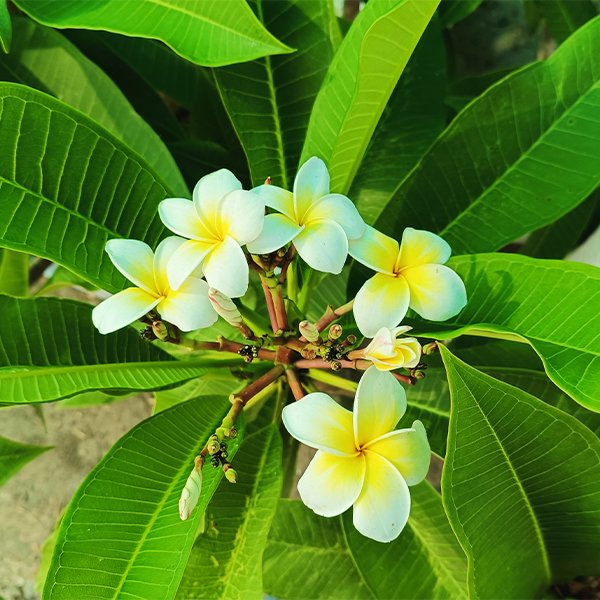
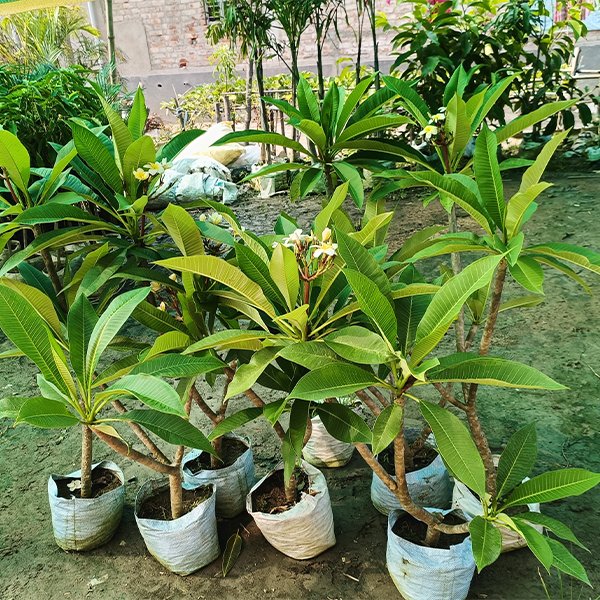
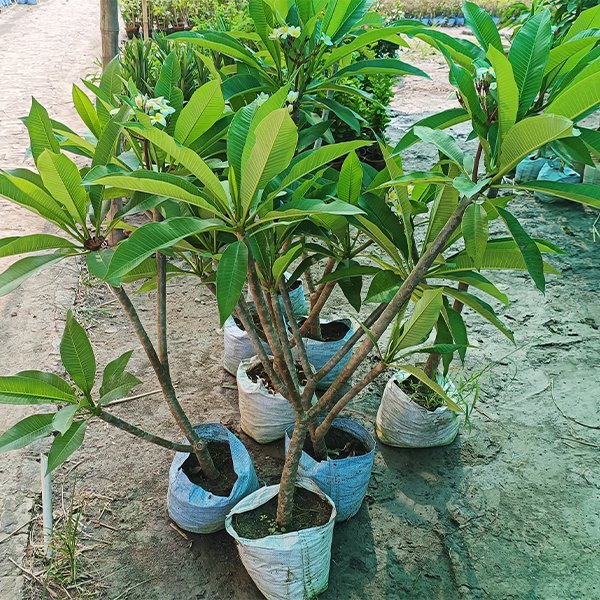
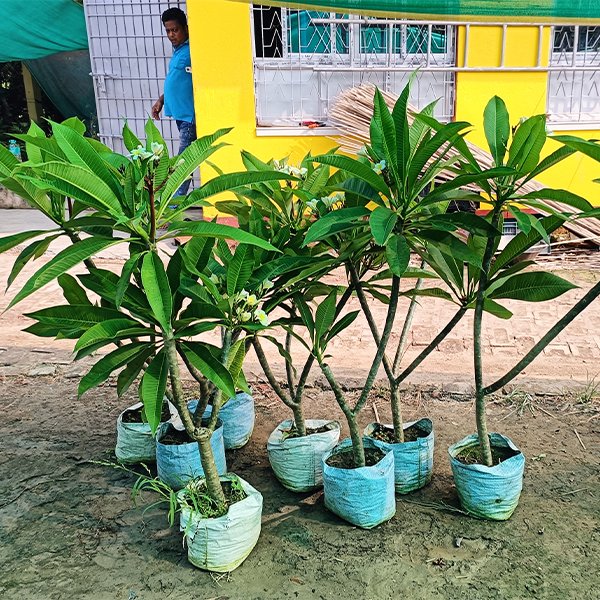
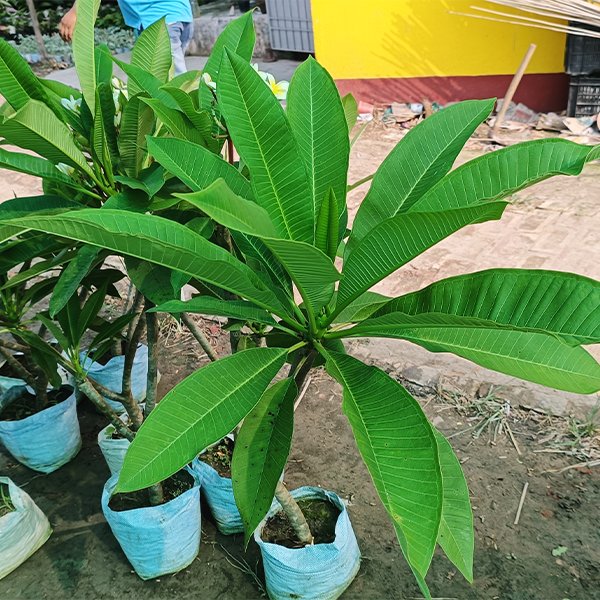
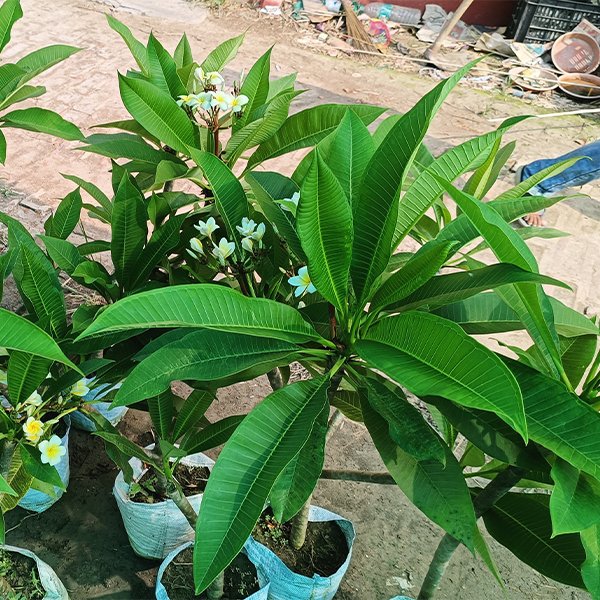
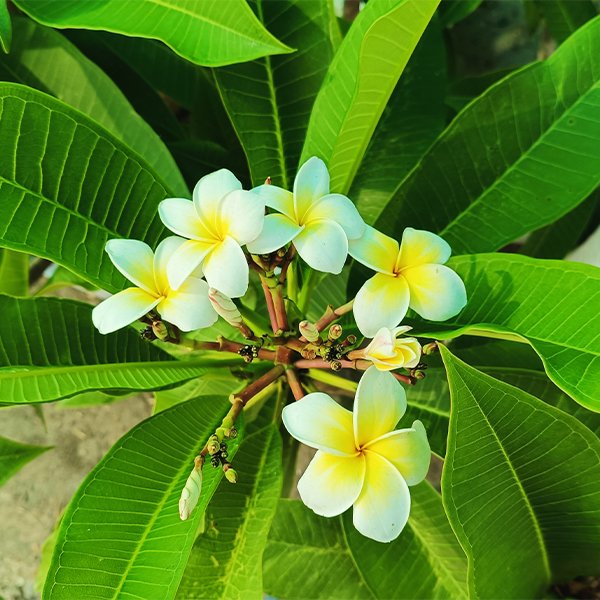
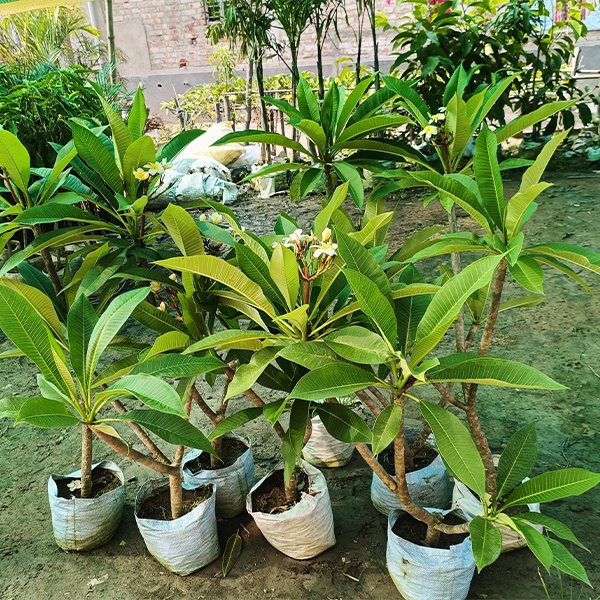
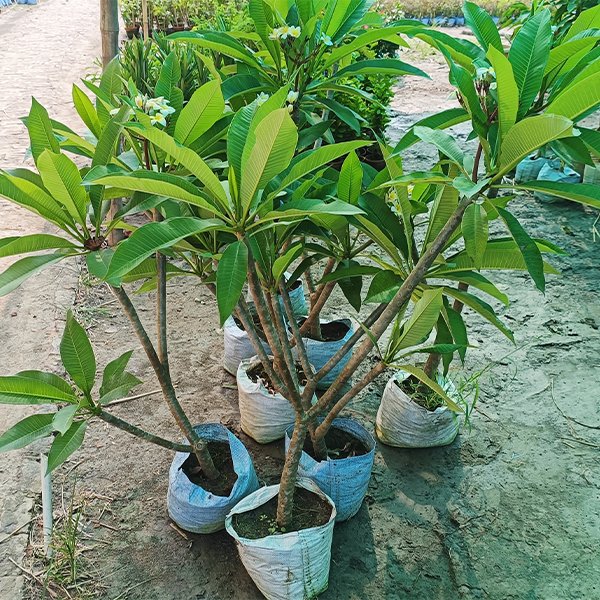
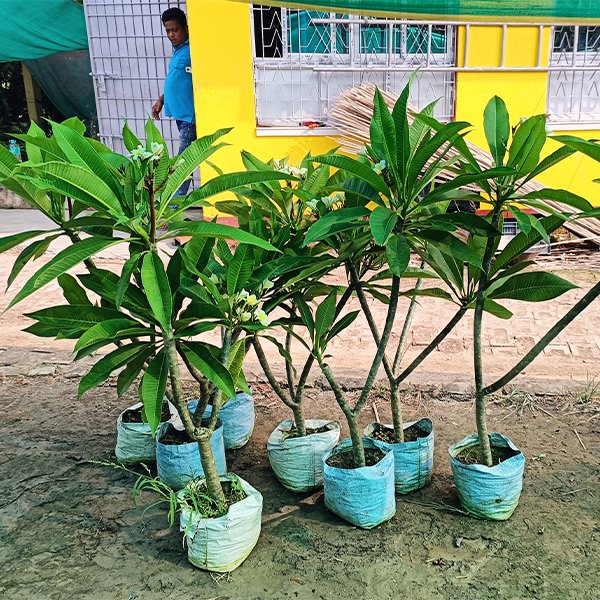
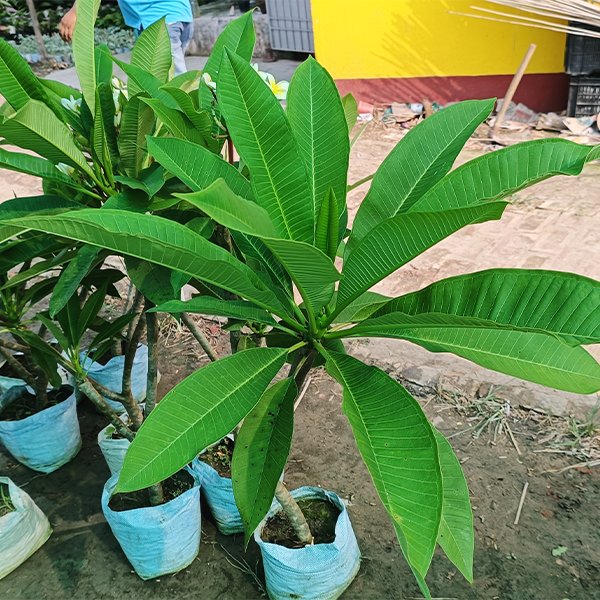
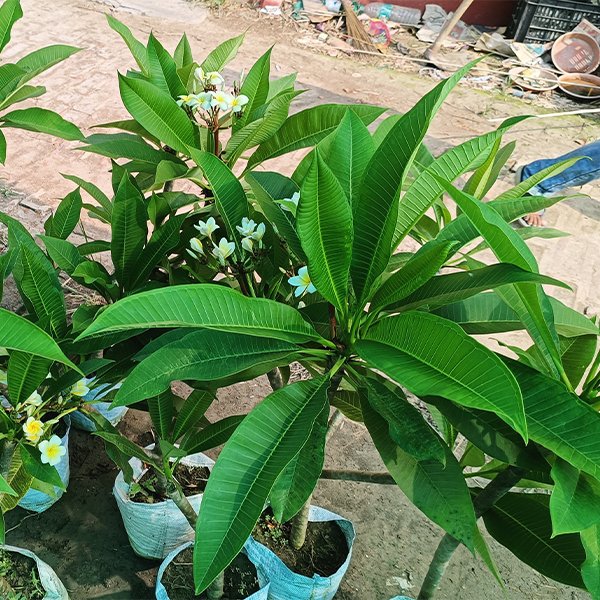

Lorem ipsum dolor sit amet, consectetur adipisicing elit. Delectus, suscipit exercitationem accusantium obcaecati quos voluptate nesciunt facilis itaque modi commodi dignissimos sequi repudiandae minus ab deleniti totam officia id incidunt? Reply
Lorem ipsum dolor sit amet, consectetur adipisicing elit. Delectus, suscipit exercitationem accusantium obcaecati quos voluptate nesciunt facilis itaque modi commodi dignissimos sequi repudiandae minus ab deleniti totam officia id incidunt? Reply
Lorem ipsum dolor sit amet, consectetur adipisicing elit. Delectus, suscipit exercitationem accusantium obcaecati quos voluptate nesciunt facilis itaque modi commodi dignissimos sequi repudiandae minus ab deleniti totam officia id incidunt? Reply